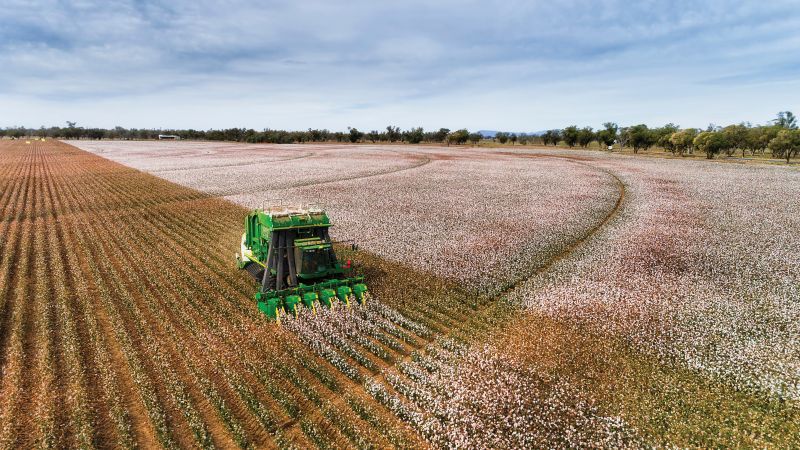Demand Enhancement: The New Sustainability
If you accept the fact that cotton customers are constantly emerging, you need to be in touch with what fashion and textile designers think. They carry the flag that helps you rise to prominence, but they also carry shovels that can bury you.
Fabric and fashion developers and designers – the ones who are enrolled in fashion and textile programs – are thinking about sustainability more holistically.
They are thinking of improving processes, rethinking policies and creating better ethical values for their businesses. They want to learn about better practices and are demanding that sustainability be infused into their educational curricula.
What I gleaned from a roundtable discussion that I recently participated in at FIT in New York is that sustainability permeates students’ lives, and they demand not only that their education keep pace, but that industry keep pace as well, if it wants this generation to buy their products. Their feelings go well beyond textile fibers and include paper usage, water consumption, technology, power, social responsibility, and everything else that touches their lives.
There is some backlash going on with today’s 20- to 30-year-olds in this area. Students know “certified organic” isn’t the same thing as sustainable. They are suspicious of green washing and look beyond the text before they believe the label. They won’t blindly embrace biotechnology in cotton, but they recognize the conundrum: “tampering with nature” can produce products that consume less water, improve yields and help alleviate poverty. Serious investigation has replaced blind idealism.
Students wonder about the true cost of items and are drilling down to issues, including subsidies. They now ask how the distortion of world prices through government interventions really impact the marketplace, and whether the price they pay represents the true cost.
Small, idealistic companies with high-minded values that trash anything not organic are out, while large companies like Levi’s that try to make a difference at a reasonable cost are admired.
Polyester continues to evade its petroleum parentage, despite being a non-renewable and polluting substance, but it is not safe. All plastic is suspect, especially when it is not recycled (or recyclable).
The cotton industry has shown bold leadership in embracing sustainability and better practices through technology, but also by employing initiatives that reach the entire supply chain. It’s time to show bold leadership in letting the world know about these improvements. While supply and price must be in order, that won’t be enough if demand continues to wane. The way to begin is to appoint someone in your organization to focus on demand enhancement, communicate improvements in sustainability, and make those efforts a priority.
Company by company and country by country, small efforts will cumulatively generate large results, and the IFCP can help you develop and amplify those results.
As the sustainability roundtable at FIT came to a close, the emerging fashion and fabric designers made it very clear that they are the “native population” when it comes to communication. These fledgling businesspeople grew up communicating digitally, so that’s what they expect. They believe in being good corporate citizens, and they expect that from others in the industry as well.
What’s new is that they are in the driver’s seat and are perfectly happy to turn their attention to those who “get it” while disregarding those who don’t.








